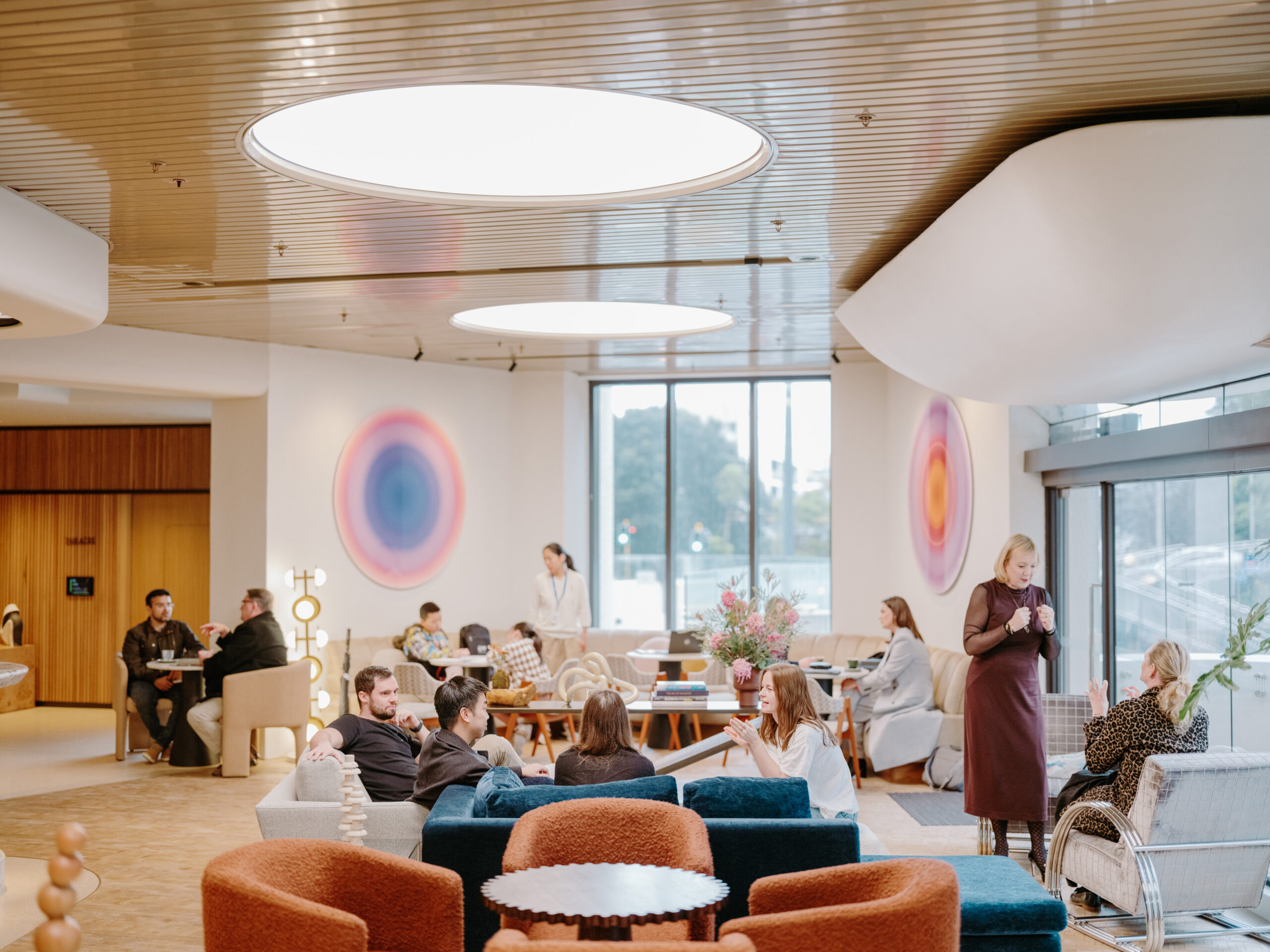How we look after our people – and how they look after themselves – has evolved dramatically in recent years.
Across New Zealand, there’s been a shift from surface-level perks to genuine wellbeing – where flexibility, balance and belonging take centre stage. It’s no longer about gym memberships or fruit boxes; it’s about creating workplaces where people feel seen, supported and connected.
Because many New Zealand businesses are smaller and more personal, wellbeing often happens through culture rather than policy. It’s the trust, openness and care built day to day that make the real difference.
Making wellbeing practical
Globally, frameworks such as the Five Ways to Wellbeing (Connect, Be Active, Keep Learning, Take Notice, Give) or the PERMA Model (Positive Emotion, Engagement, Relationships, Meaning, Accomplishment) are used to turn good intentions into everyday actions.
- For individuals, these frameworks are a personal guide:
- Connect – take time to engage with colleagues genuinely.
- Be active – build movement into your day, even if it’s just a walk between meetings.
- Take notice – pause between tasks, reflect, and reset.
- Keep learning – explore something new, big or small.
- Give – share time, skills, or support; generosity builds purpose.
- For businesses, it’s about designing environments and rhythms that make those actions easy and natural.
- Create spaces that encourage conversation and collaboration.
- Normalise taking breaks or walking meetings.
- Celebrate effort and contribution, not just output.
- Embed growth and learning into everyday work, not just annual reviews.
The Alberts approach
At Alberts, we see frameworks not as rules, but reminders – to nurture balance, flow, and connection in how we work and live. Our spaces are designed with this in mind: places that support focus while encouraging spontaneous connection, where wellbeing isn’t a programme but a way of being.
Because at the end of the day, well-being at work isn’t about more initiatives – it’s about more humanity. And that starts with connection.

